Rice export value increases every year
According to Mr. Tran Thanh Tuan, Deputy Head of the Trade Management Department (Department of Industry and Trade of An Giang province), An Giang is one of 13 provinces and cities in the Mekong Delta region with the second largest rice output in the country (after Kien Giang province) with a total annual rice output of over 4 million tons, equivalent to an estimated rice output of over 2 million tons.
In 2005, An Giang province's rice export output reached 661 thousand tons, with a turnover of 167 million USD, accounting for over 8% in volume and nearly 9% in export value compared to the whole country. By 2015, rice export output reached 543 thousand tons, with a turnover of 250 million USD, accounting for 7% in volume and 7% in export value compared to the whole country. The average growth rate in 10 years (2005-2015) in export output decreased by an average of nearly 2%/year but in value increased by over 2%/year.
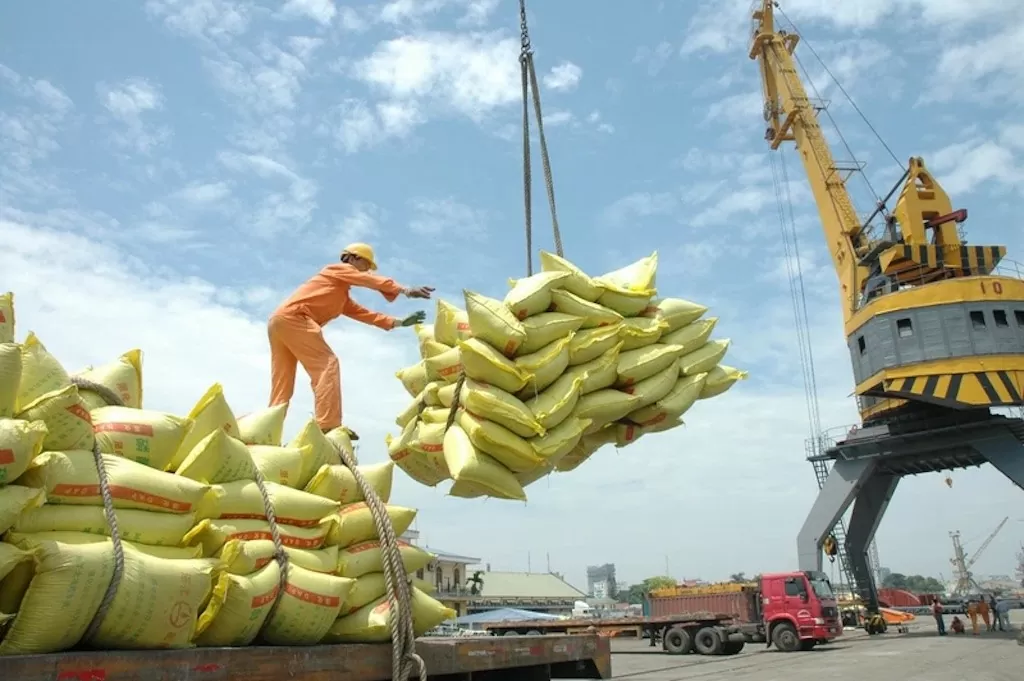 |
| The value of rice exported in An Giang increases on average every year. If in 2005 it reached 253 USD/ton, by 2024 it is estimated to be 608 USD/ton - (Photo: Ha Anh) |
In 2016, An Giang province's rice export output reached 395 thousand tons, worth 176 million USD, accounting for 8% in volume and 8% in export value compared to the whole country. By 2023, the export output will reach 580 thousand tons of rice, worth 339 million USD, accounting for over 7% in volume and nearly 7% in export value compared to the whole country. Thus, the average growth rate in the period 2016 - 2023 in terms of output increased by nearly 6%/year and in terms of value increased by nearly 10%/year.
In 2022, An Giang province has 23 rice trading enterprises that have been granted export licenses by the Ministry of Industry and Trade . These enterprises have 42 factories and warehouses with a capacity of 523 thousand tons of paddy and 552 thousand tons of rice; milling capacity reaches 628 tons of paddy/hour and whitening capacity reaches 776 tons of rice/hour.
Along with that, in An Giang province, there are 16 enterprises outside the province with 20 factories and a storage capacity of 138,125 tons of paddy and 198,024 tons of rice; milling capacity of 261 tons of paddy/hour and whitening capacity of 342 tons of rice/hour.
However, An Giang province currently has 14 rice trading enterprises licensed to be qualified for export with a total capacity of nearly 406 thousand tons of paddy and 370 thousand tons of rice; milling capacity of 325 tons of paddy/hour and whitening capacity of 390 tons of rice/hour. Meanwhile, there are 18 enterprises outside the province with 29 factories and warehouses in An Giang province with a capacity of 151 thousand tons of paddy and 251 thousand tons of rice with a milling capacity of 366 tons of paddy/hour and whitening capacity of 478 tons of rice/hour. Thus, the number of rice exporting enterprises in An Giang province has decreased by 9 enterprises but increased by 2 enterprises outside the province.
Looking at the picture of rice export situation from 2005 to present, Mr. Tuan analyzed that An Giang province's rice export output has gradually decreased over the years. If in 2005, rice export output reached 661 thousand tons, by 2024 it had decreased to 431 thousand tons. Along with that, the ratio of rice export output of An Giang province compared to the whole country has also decreased over the years. In 2005, it accounted for 13% of the total rice export volume of the whole country (in 2005), then by 2024 it only accounted for over 5%.
But on the contrary, the average rice export value increases gradually every year. For example, the average rice export value in An Giang in 2005 reached 253 USD/ton, and by 2024 it is estimated to be 608 USD/ton.
“This shows that the Party and State's policies on agriculture - farmers - rural areas to increase the value of rice in the international market have come into effect, contributing to improving farmers' lives, ensuring food security and surplus for export,” Mr. Tuan assessed.
Current challenges in rice export
According to Mr. Tran Thanh Tuan, ignoring the factors of climate change and extreme weather phenomena, the rice export industry of Vietnam and An Giang province in particular is facing great difficulties and challenges such as: Competition in price and quality; costs constituting export prices and barriers in trade,...
For example, the Food and Agriculture Organization of the United Nations (FAO) forecasts global rice production in 2024/2025 to reach over 539 million tons, up from the previous forecast of nearly 537 million tons in September 2024.
Meanwhile, global rice stocks in 2024/2025 will reach a record of nearly 207 million tons, up from the previous forecast of nearly 205 million tons and up 199 million tons compared to 2023/2024. This shows that countries with rice and paddy production are actively protecting their crops to maintain domestic food security and ensure surplus for export in the coming time.
Along with that, import policies of countries are forming technical barriers in trade to ensure human health, environment, exploitation and use of resources in a sustainable direction; encourage the use of renewable resources and use of Trade Defense measures to protect domestic production,...
It is worth mentioning that An Giang province has not yet had timely access to information about the actions of large rice-producing countries for export and the demand for rice imports at each time to serve as a basis for guiding farmers and rice exporting enterprises to know and implement.
When the demand for rice in the world decreases sharply, domestic supply is larger and needs support to purchase rice from businesses for farmers, An Giang province will certainly face difficulties and challenges because the number of businesses is too small compared to the rice capacity of the people.
Meanwhile, the supporting industry in the Mekong Delta in general and An Giang in particular has developed slowly or has not developed proportionally in some provinces with large rice and paddy export output, leading to increased costs and poor competitiveness of goods. Some enterprises have not paid attention to building rice and paddy material areas for processing and export. Contracts are still loose, so it is easy for contracts signed between farmers and enterprises to break down and be broken.
Focus on building regional linkages
According to the representative of the Department of Industry and Trade of An Giang province, to improve rice export capacity and compete with other countries in the world, it is necessary to promote the implementation of the Project on Sustainable Development of 1 million hectares of high-quality and low-emission rice cultivation associated with green growth in the Mekong Delta region by 2030.
Thereby, contributing to the formation of high-quality rice material areas, gradually building and forming value chains, applying sustainable farming processes, helping to reduce production costs, increase value, and develop sustainably the rice industry in the future.
Focus on developing linkages, creating raw material areas for rice and rice processing for export, ensuring stable and quality supply, minimizing the risk of price fluctuations, bringing profits to farmers and businesses. Along with that, reviewing the list of enterprises in each province and city participating in rice export and distributing rice exporting enterprises reasonably, corresponding to the annual rice production output of the locality.
At the same time, encourage enterprises to invest in rice warehouses and milling facilities in provinces and cities with large rice output to participate in export. Thereby, contributing to reducing the cost of making up the export price to solve the amount of rice of farmers when the world demand fluctuates sharply.
In addition, review seaports, river ports, satellite ports, etc. in the Mekong Delta region, develop plans, projects, etc. to invest in logistics infrastructure, to reduce transportation costs for the rice industry within the region, and increase competitiveness in the international market.
It is necessary to promote information on the situation of rice production nationwide at each specific time, quickly provide information related to market demand and rice standards. Especially the actions of rice importing countries in the world so that provinces know and implement appropriate solutions, ensuring that rice growers and businesses benefit from this information.
In addition, improve the farming process towards high quality, associated with green growth. At the same time, attract businesses to invest in the rice processing sector, contributing to increasing the value of rice grains and moving towards building a rice brand.
Source: https://congthuong.vn/an-giang-lien-ket-vung-de-nang-cao-nang-luc-xuat-khau-gao-354061.html




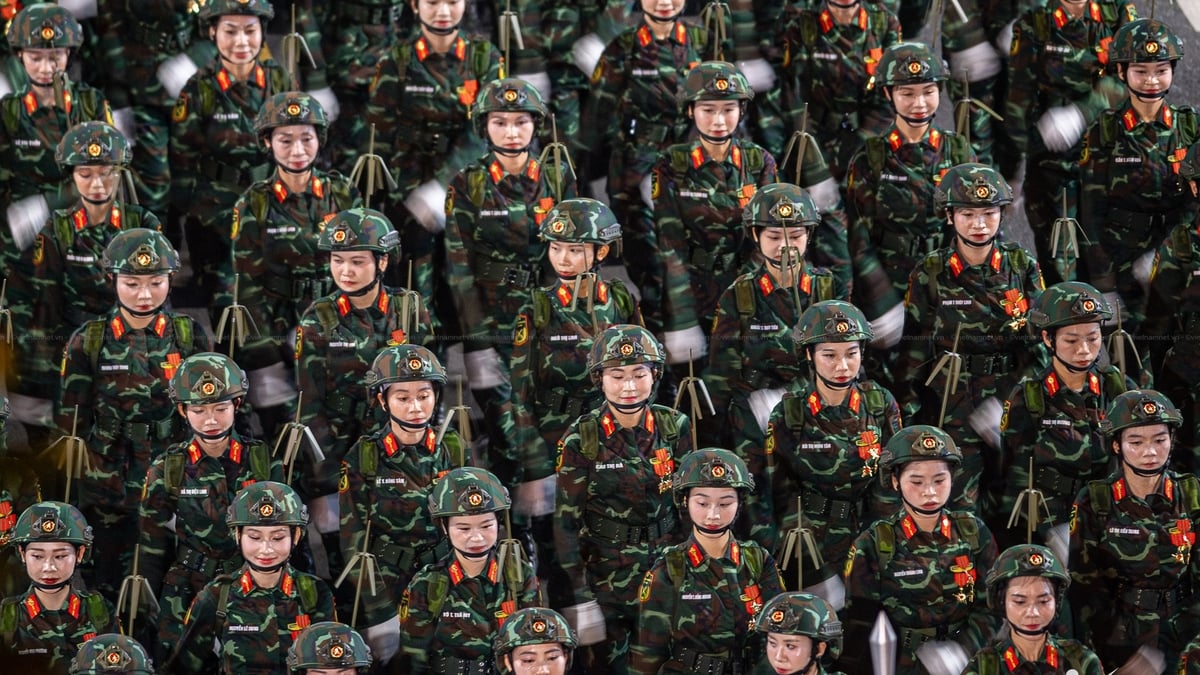
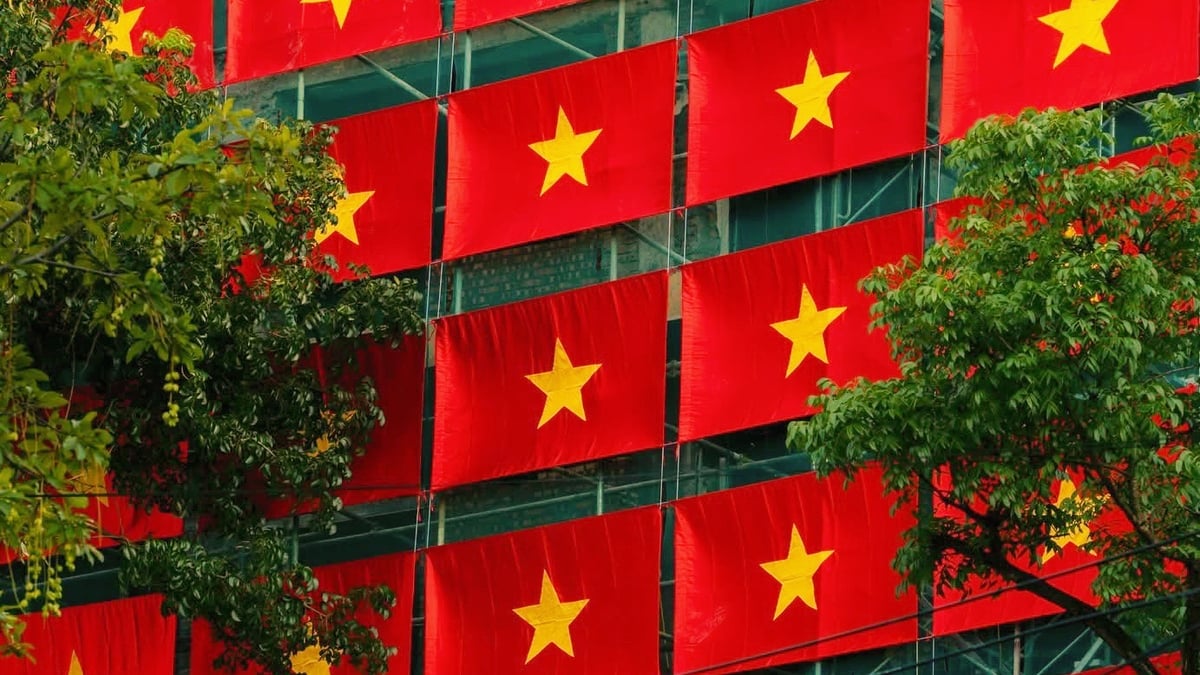
![[Photo] Exhibition “80 years of journey of Independence-Freedom-Happiness”: An inspirational meeting place for the young generation](https://vphoto.vietnam.vn/thumb/1200x675/vietnam/resource/IMAGE/2025/8/26/2aaef59beb604923b0f848f5c6311dbd)
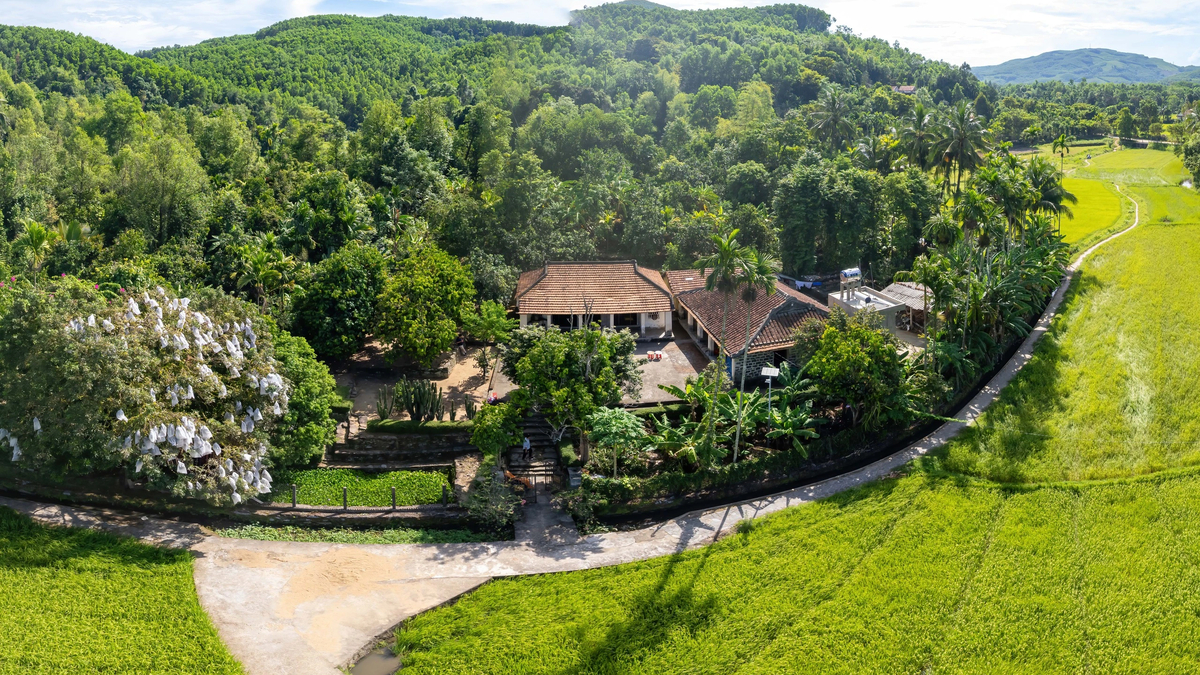

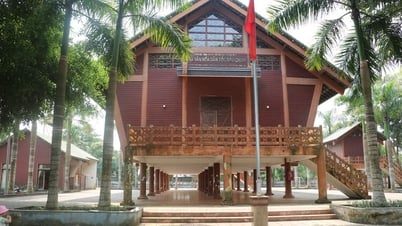

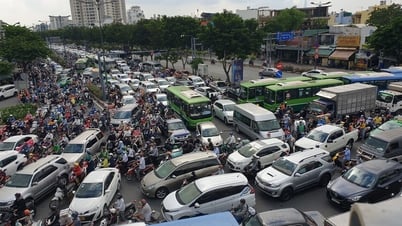
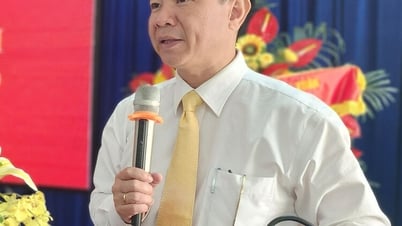
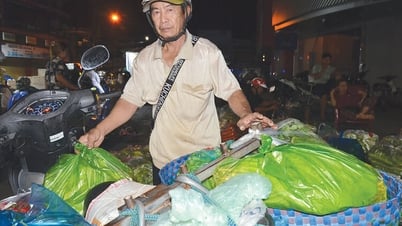
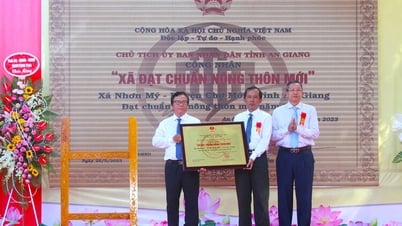
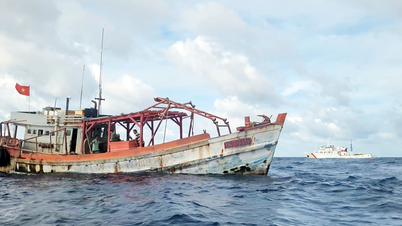
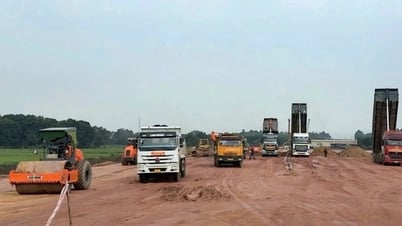




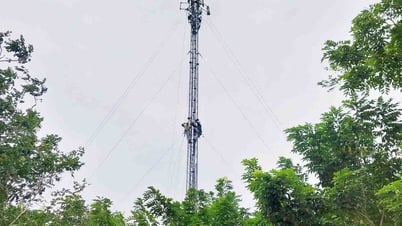







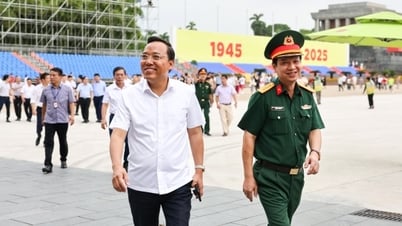

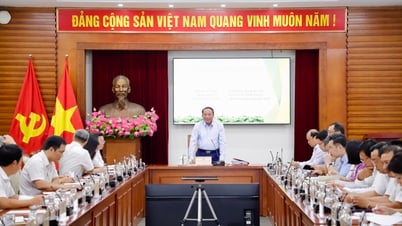
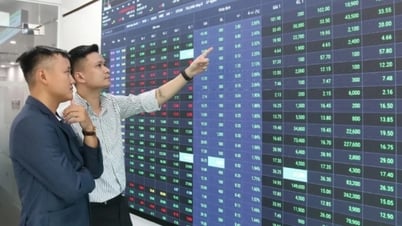
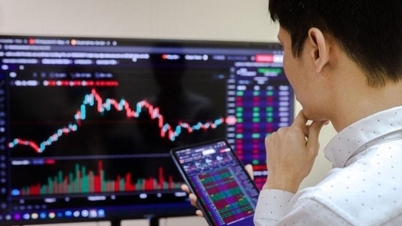
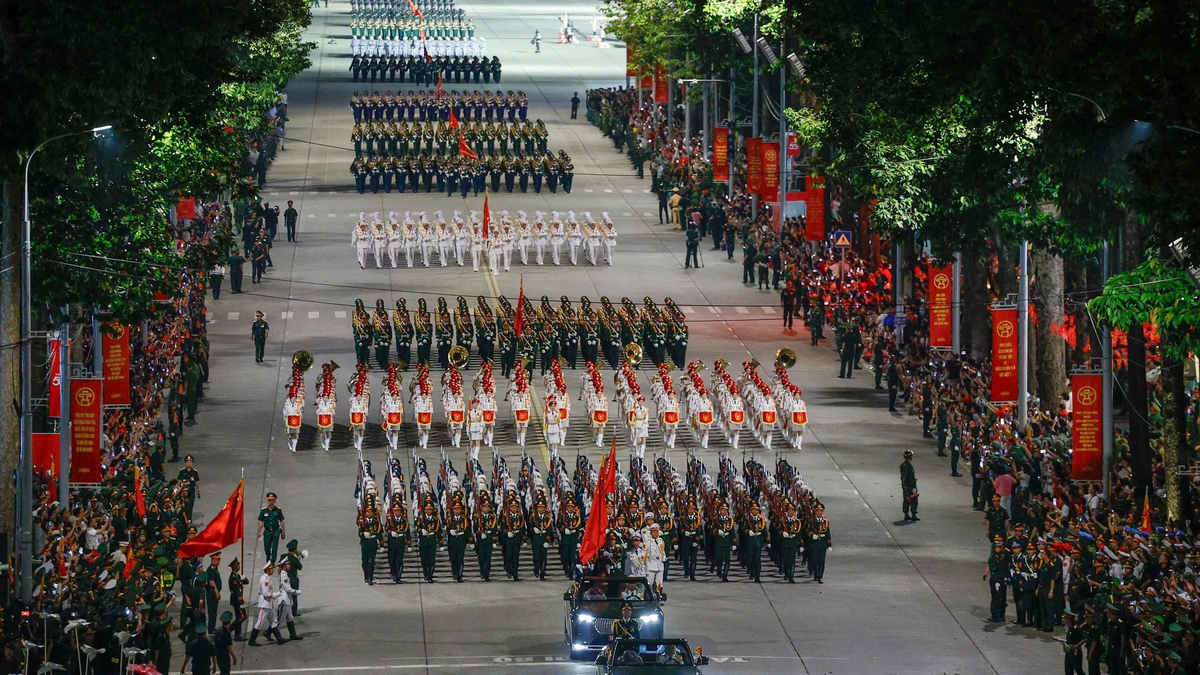
![[Photo] General Secretary To Lam attends the 80th anniversary of Vietnam's diplomacy](https://vphoto.vietnam.vn/thumb/1200x675/vietnam/resource/IMAGE/2025/8/25/3dc715efdbf74937b6fe8072bac5cb30)
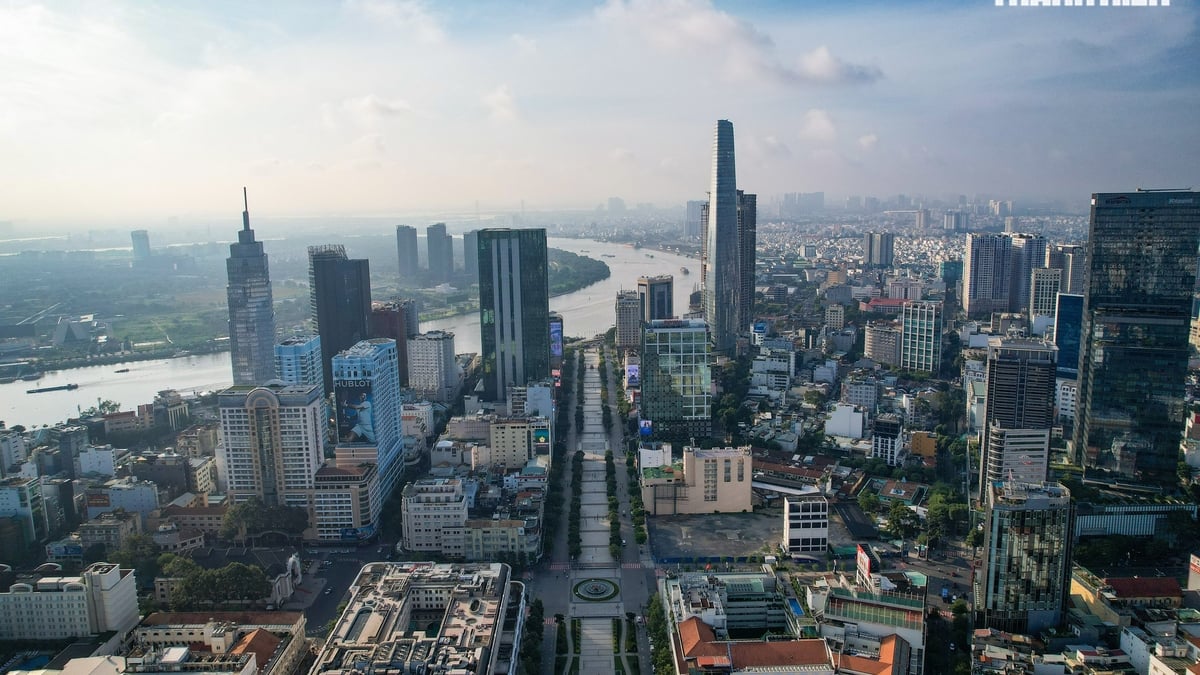
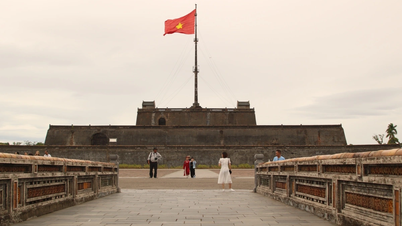



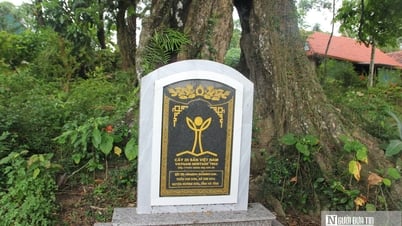



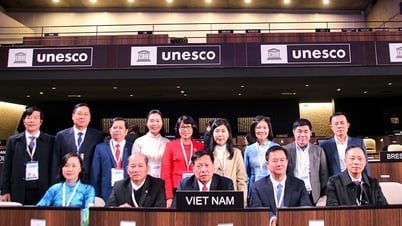

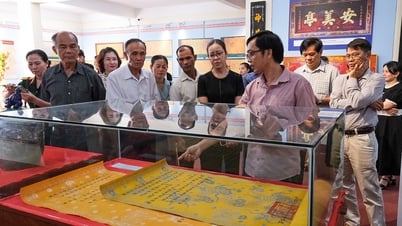



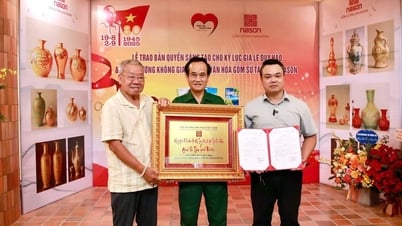

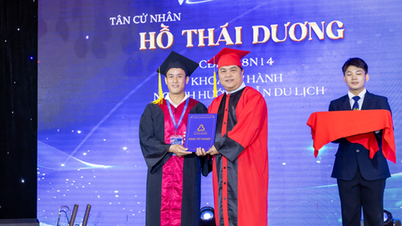






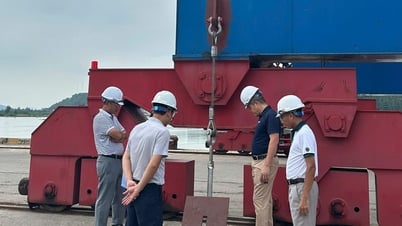


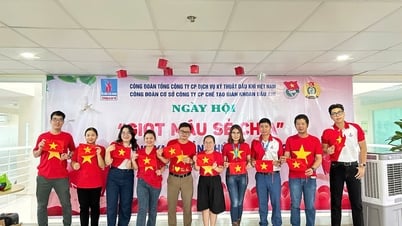
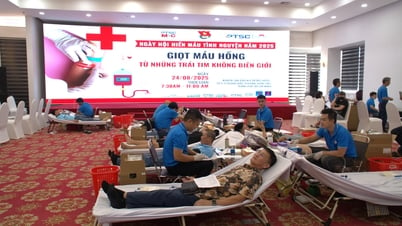



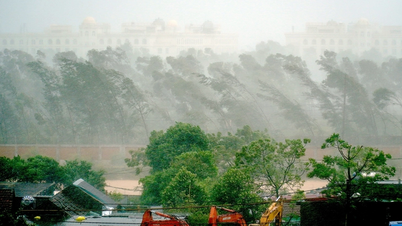

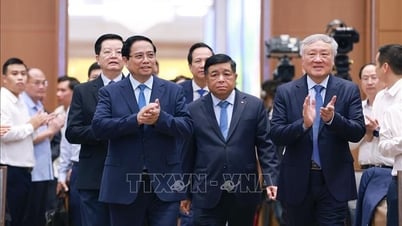





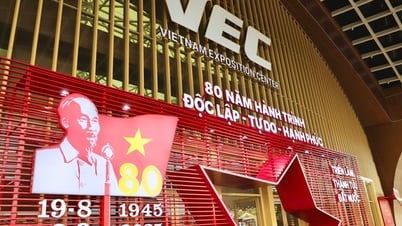

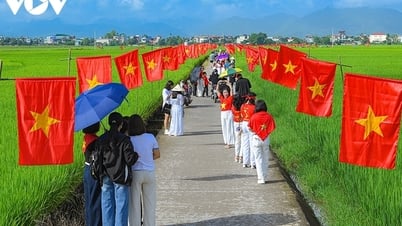

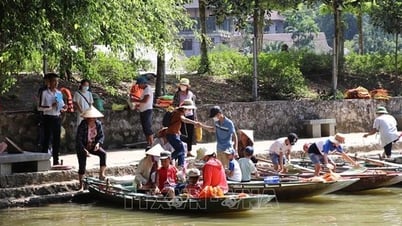

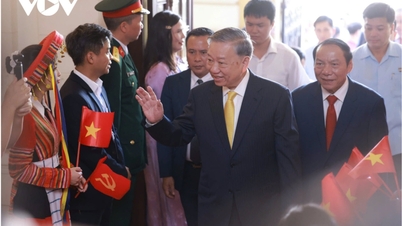

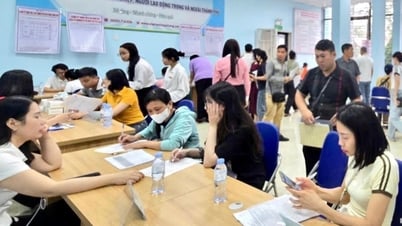

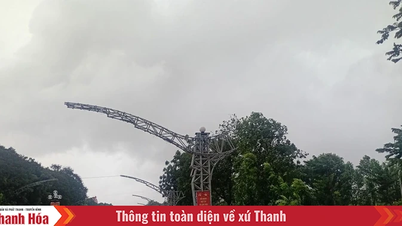

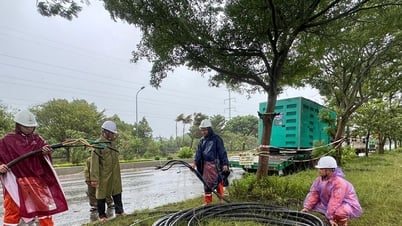

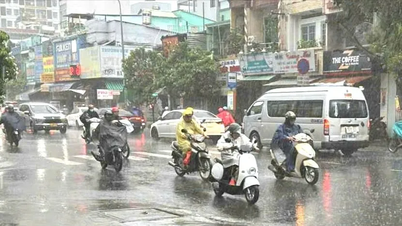
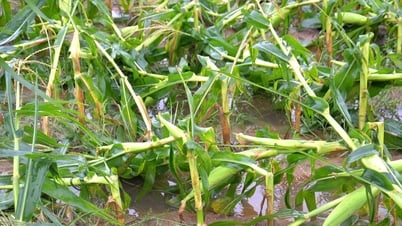
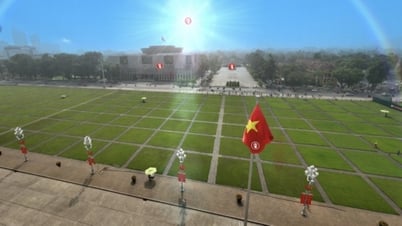


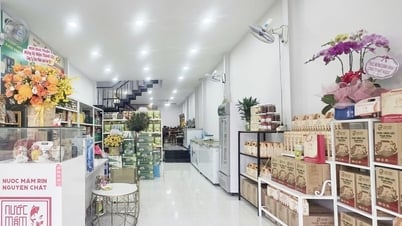

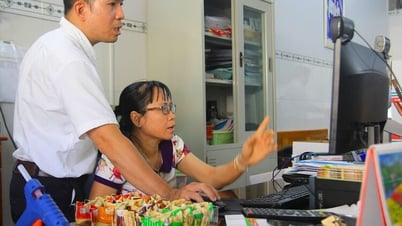


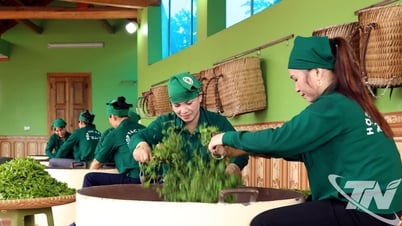


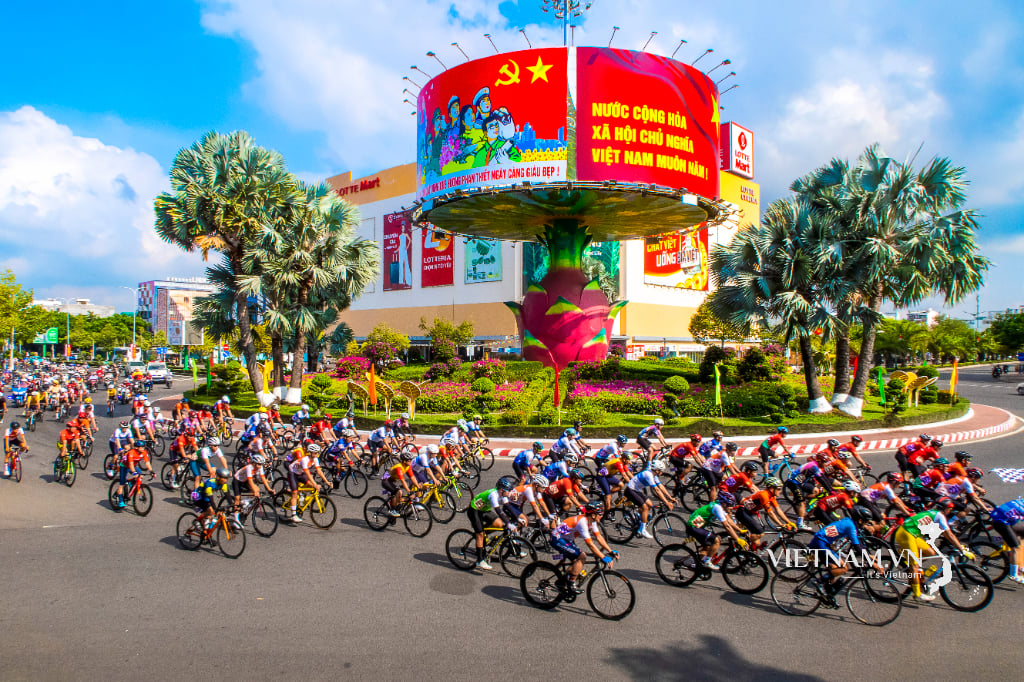

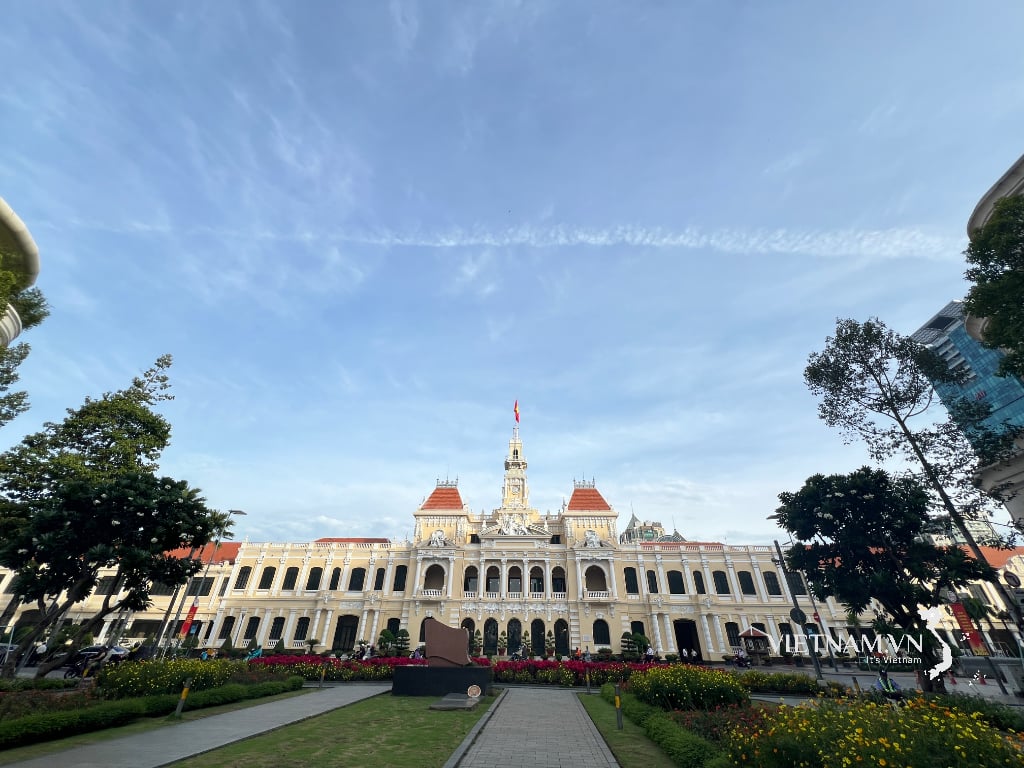

Comment (0)